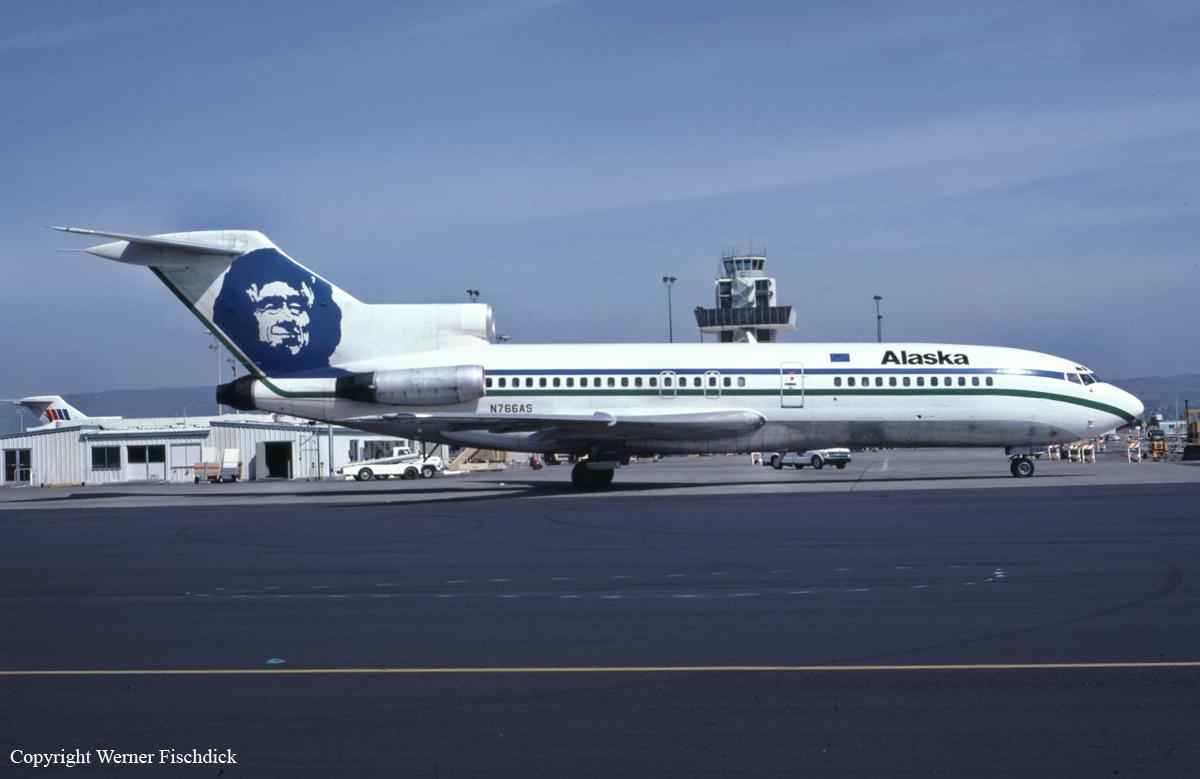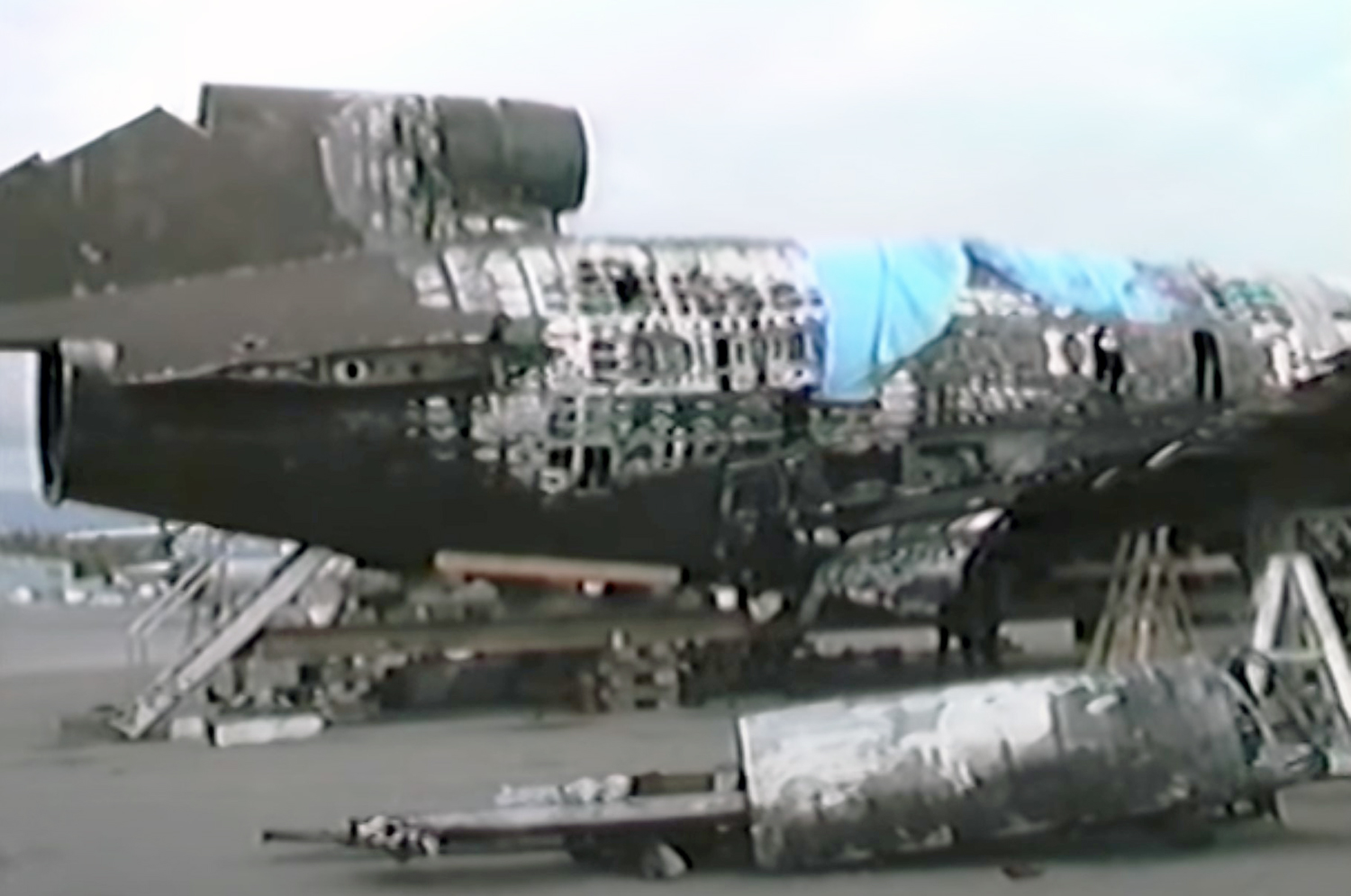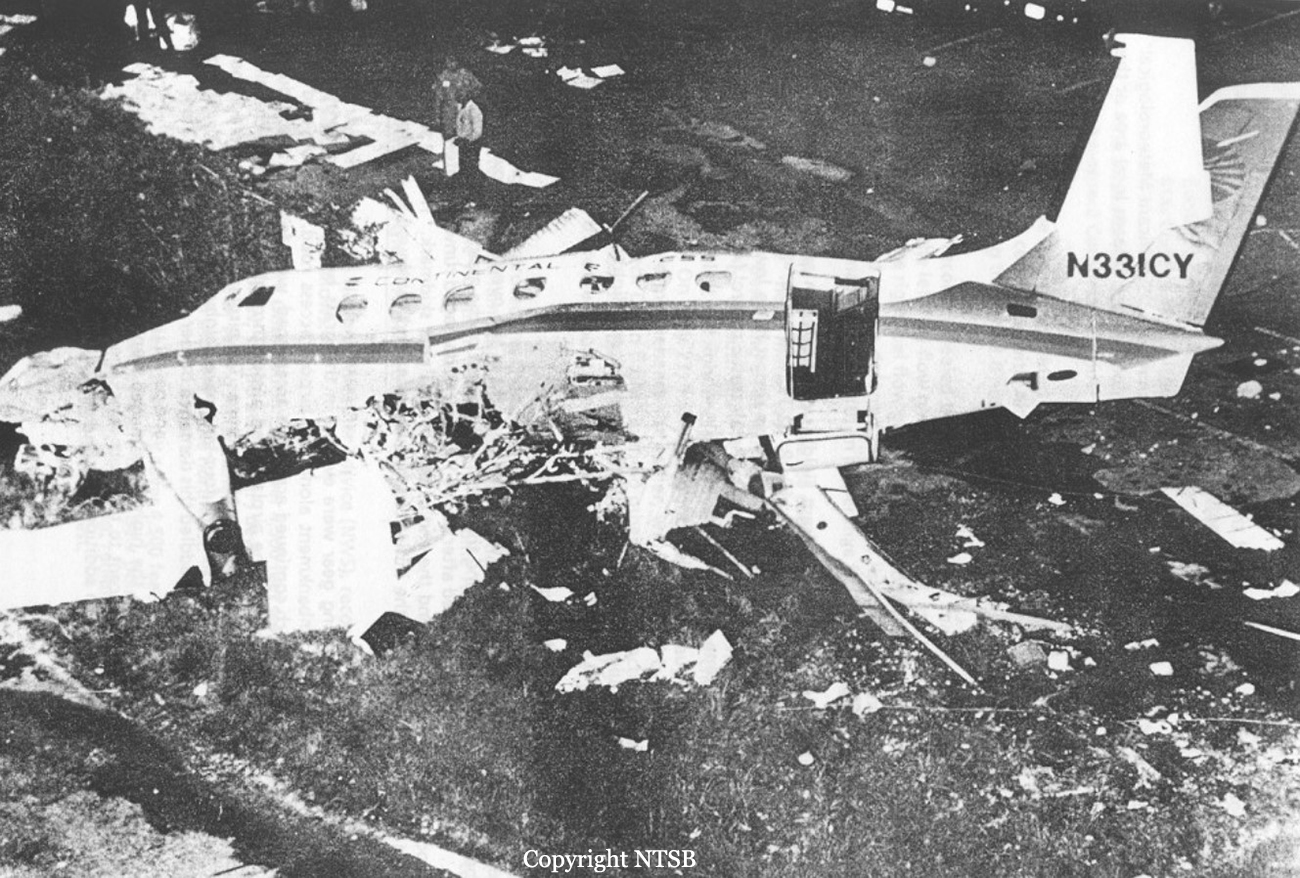Ground accident of a Beechcraft 200C Super King Air in Madisonville
Date & Time:
Jun 24, 1987 at 1215 LT
Registration:
N617MS
Survivors:
Yes
Schedule:
Madisonville - Marion
MSN:
BL-35
YOM:
1981
Crew on board:
1
Crew fatalities:
Pax on board:
1
Pax fatalities:
Other fatalities:
Total fatalities:
0
Captain / Total hours on type:
2310.00
Aircraft flight hours:
2940
Circumstances:
The aircraft struck a 2-feet high Avgas pump while the pilot was taxiing around another aircraft that was parked. The nose gear collapsed and a small fire resulted. The pilot and passenger evacuated the aircraft. Line personnel were unable to extinguish the fire with hand-held extinguishers. The aircraft was subsequently engulfed by the fire and was destroyed. A large dry chemical fire extinguisher was located next to the pump at the time, but line personnel were unable to get to it due to the fire. The black top around the pump had recently been resurfaced and no safety markings, lights or barricades were in place around the pump (except for the large fire extinguisher). The pump was originally located next to the ramp edge, but subsequent expansion of the ramp left the pump surrounded by pavement.
Probable cause:
Occurrence #1: on ground/water collision with object
Phase of operation: taxi - to takeoff
Findings
1. (f) airport facilities, obstruction marking - inadequate
2. (f) other airport/runway maintenance - inadequate - airport personnel
3. (f) object - airport facility
4. (c) visual lookout - inadequate - pilot in command
----------
Occurrence #2: nose gear collapsed
Phase of operation: taxi - to takeoff
Findings
5. Landing gear, nose gear - overload
----------
Occurrence #3: fire
Phase of operation: standing
Phase of operation: taxi - to takeoff
Findings
1. (f) airport facilities, obstruction marking - inadequate
2. (f) other airport/runway maintenance - inadequate - airport personnel
3. (f) object - airport facility
4. (c) visual lookout - inadequate - pilot in command
----------
Occurrence #2: nose gear collapsed
Phase of operation: taxi - to takeoff
Findings
5. Landing gear, nose gear - overload
----------
Occurrence #3: fire
Phase of operation: standing
Final Report:









